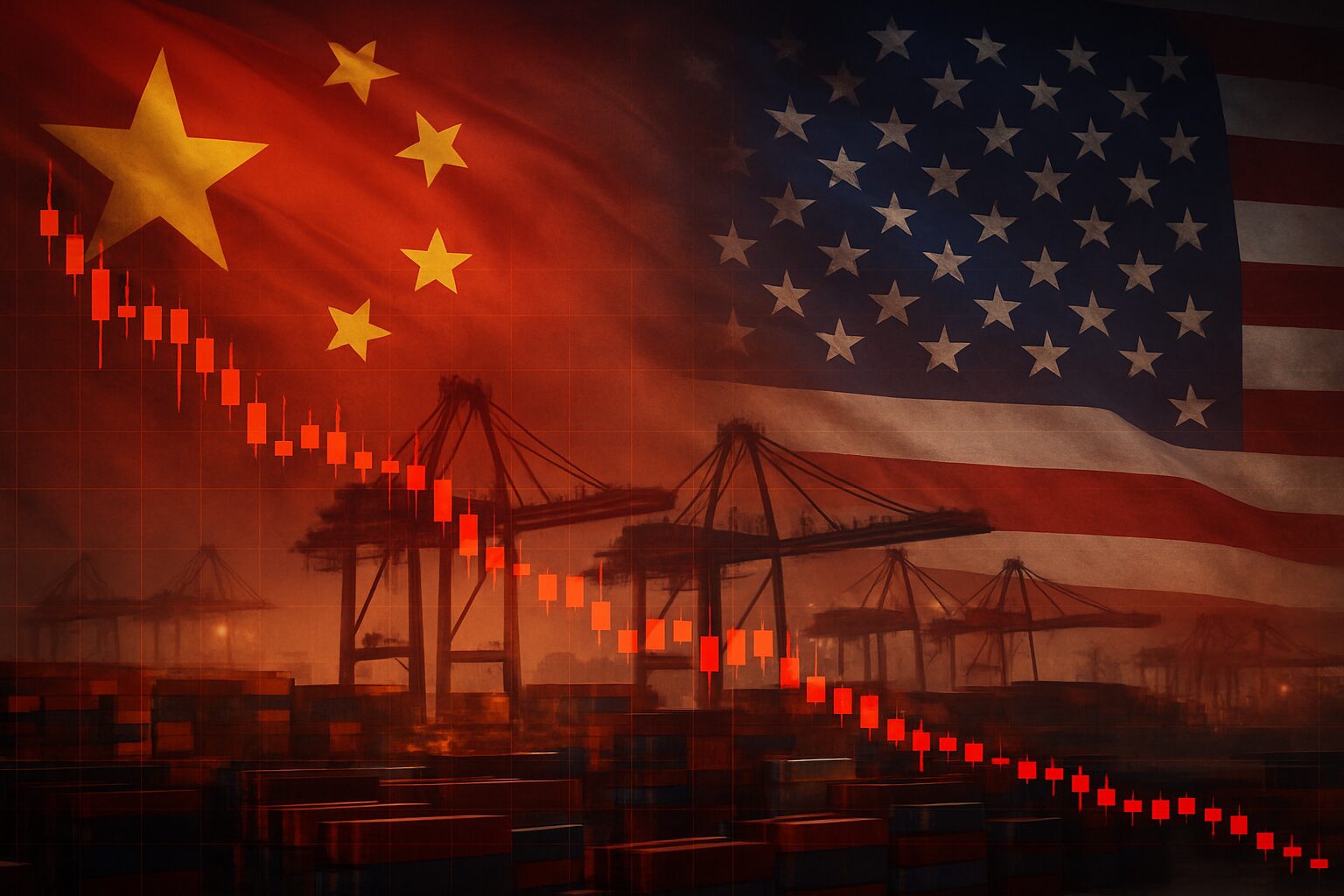When one country appears to negotiate trade deals overnight and then reverse course days later, companies struggle to plan for the year ahead. Recent U.S. “reciprocal” tariffs under President Trump have sent shockwaves through boardrooms from London to Shanghai. Despite the fanfare over a quick U.K. agreement in May, the details remain murky and subject to last‑minute change. That uncertainty is already driving a surge in U.S. tariff revenue, reaching a record $24.2 billion in May, while Chinese imports fell 43 percent over the same period.
For most businesses, uprooting production is a decade long decision. When next week’s policy is anyone’s guess, most firms seek short term fixes and stay put. Many are diversifying suppliers, stockpiling goods, and relying on bonded warehouses that let them defer tariff payments for up to five years. Although storage costs can quadruple, this approach buys breathing room as companies wait for clarity.
Supply chain consultants report mounting port congestion as shippers reroute cargo to avoid new duties. At Rotterdam, Europe’s busiest seaport, leaders warn that consumer prices will soon rise. Redirecting ships is quick, but downstream effects on warehouse capacity and trucking can be profound.
The ripple effects extend beyond inventory strategies. Investment plans are on ice and merger volumes have tumbled. Dealmakers held back more than $1 trillion in private equity exits this spring according to industry surveys. Even blockbuster sales like bids for aerospace units or multibillion pound insurance groups have been delayed as uncertainty chills M&A advisers. Executives note that this freezing of deal activity often outweighs any immediate disruptions to factory footprints.
Vulnerability varies by sector. Electronics firms may find it easier to source components outside China than automakers or pharmaceutical companies. Complex regulations and specialized tooling make rapid relocation unfeasible. A survey of global chief operating officers found 80 percent plan to consider onshoring over the next three years, yet only 2 percent have completed such projects. Skilled labor shortages and factory constraints in alternative markets often turn reshoring into a multi year slog.
At the same time, a shift toward friendshoring is gathering steam as companies look to move production to countries aligned with U.S. policy. Yet analysts caution that tariffs alone rarely trigger wholesale moves. Clearer regulatory changes such as planned rules banning certain foreign software in U.S. sold vehicles by 2027 tend to have greater impact. For highly regulated industries, compliance costs and certification hurdles often outweigh the tariff hit.
Pharmaceutical makers illustrate this tension. With U.S. plans under consideration to impose hefty duties on drug imports, major companies have boosted domestic inventories and reaffirmed investment in American facilities. Still, shifting complex drug making operations can take years. Executives warn that higher import costs may eventually raise medicine prices unless supply chains are reworked with ample lead time.
Through it all, the common thread is uncertainty. When policy decisions hinge on a single White House announcement, businesses default to mitigation instead of transformation. As long as tariffs can be paused or reversed at a president’s whim, large scale plant moves remain off the table. Instead, most firms will continue to tweak sourcing, maintain buffer stock, and postpone any project requiring firm forecasts, such as new factory builds or acquisitions, until a stable path emerges.
In the coming weeks, all eyes will be on whether new trade pacts deliver genuine stability or simply shift the next deadline. Until then, companies must balance the rising cost of contingency measures against the risk of standing pat. Most experts agree that only when a clear long term framework appears will global supply chains return to planning horizons measured in years rather than days.
Visit our Finance page for more insights on how evolving trade policy and geopolitical risks are shaping business strategy around the world.



